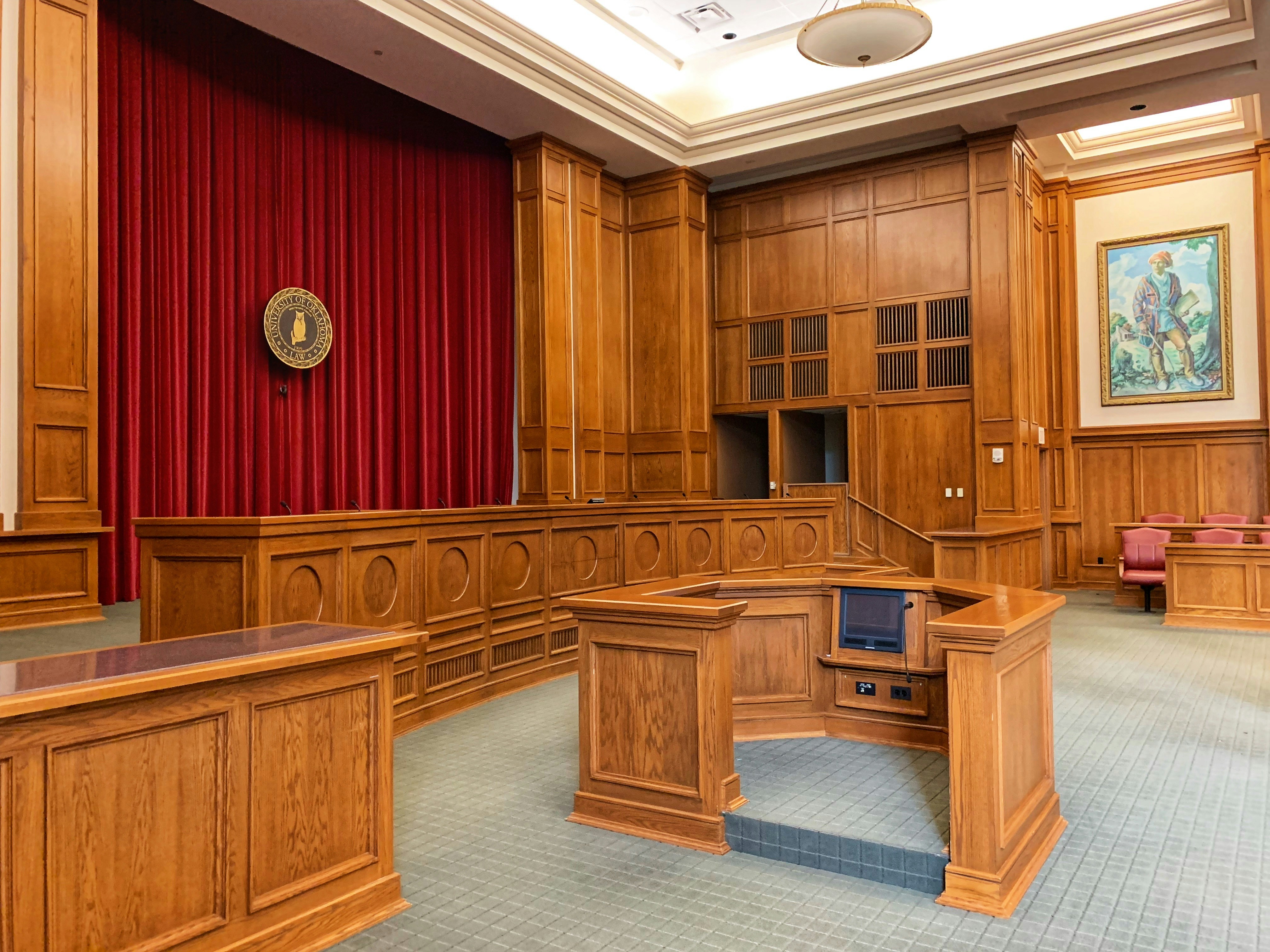The Role of Judicial Activism in the United States
The United States' judicial system is known for its complexity and dynamism, which often arise from the interplay between the judiciary and the legislative branch. One of such intricacies is judicial activism, a contentious principle that continues to shape U.S. law and government.

The Emergence of Judicial Activism
Judicial activism became prominent in American jurisprudence during the mid-20th century. This term refers to the propensity of judges to rule based not just on the literal interpretation of laws but also on their personal views, societal needs, and evolving norms. It is a departure from the traditional judicial restraint, where judges confine their rulings strictly within the bounds of statutes and precedents.
Judicial Activism and the Supreme Court
The Supreme Court has been the stage for some of the most defining examples of judicial activism. The landmark decision in Brown v. Board of Education in 1954, which ended racial segregation in public schools, is an apt example. The ruling was not strictly based on the Constitution’s text; instead, it considered contemporary norms and the compelling need to eradicate racial discrimination.
Criticisms and Commendations
Judicial activism is a double-edged sword. Critics argue that it allows judges to overstep their authority, impinging on the legislative domain. They believe that it undermines the separation of powers principle, with judges framing laws instead of interpreting them. On the contrary, proponents laud judicial activism for its responsiveness to societal progression. They believe it fosters justice, equality, and fairness, especially in cases where legislative actions are delayed or inadequate.
Recent Developments and Implications
In recent years, judicial activism has gained prominence due to contentious rulings on issues such as same-sex marriage, abortion rights, and healthcare reforms. These decisions have far-reaching implications on society, shaping the nation’s socio-political climate. They have sparked debates about the judiciary’s role and discretion, driving a rethink of the balance between judicial independence and restraint.
Conclusion
As the United States navigates evolving societal challenges, the role of judicial activism remains crucial. Though contentious, it continues to play a vital part in American jurisprudence, serving as an instrument for societal advancement and justice. However, it’s essential to maintain a balance to prevent judicial overreach and uphold the principle of separation of powers. The discourse around this principle is far from over, and its impact continues to reverberate through American society and its legal landscape.




